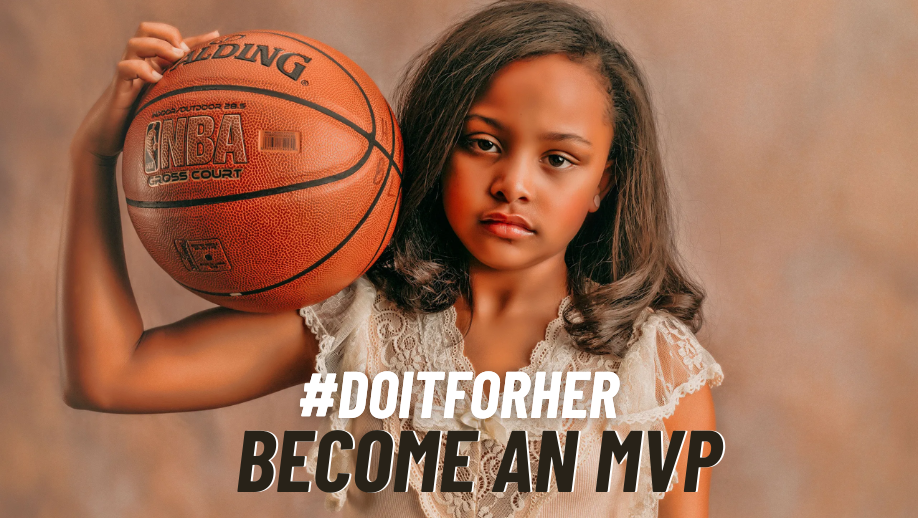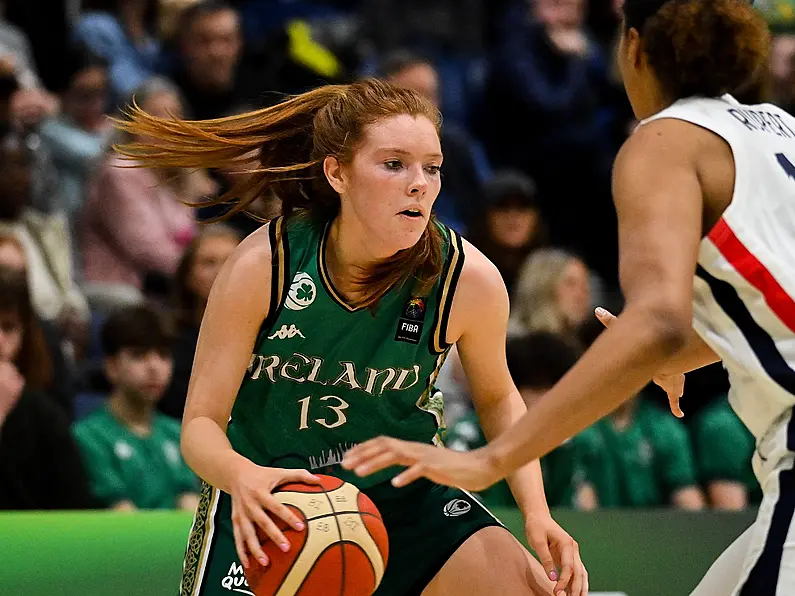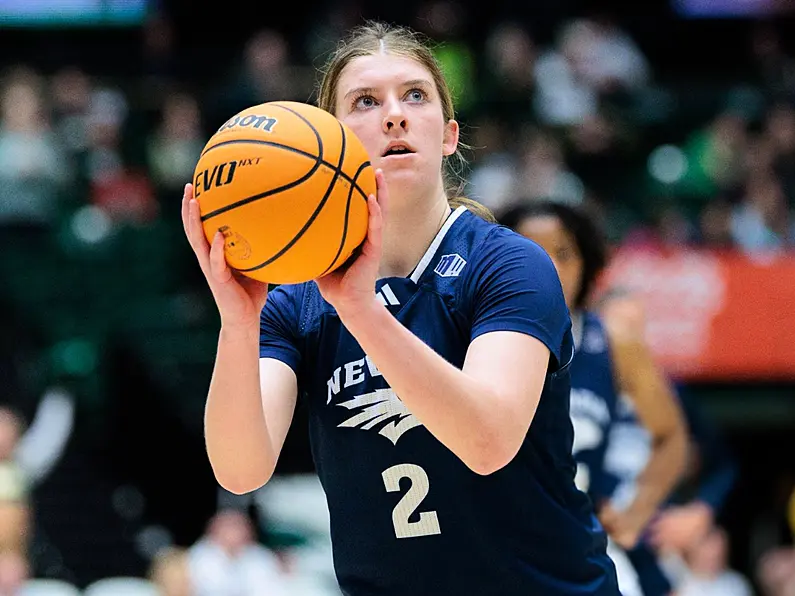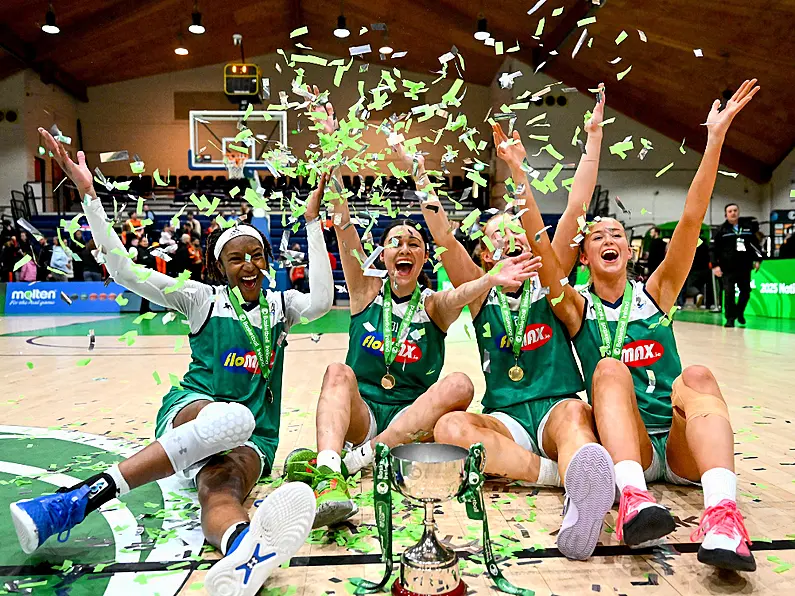If you have ever attempted to watch a basketball game with no knowledge of the rules, you probably noticed a lot of whistles, possession changes and excitement. Here is a beginner's guide to understanding basketball.
Men’s and women’s basketball have different rules and guidelines. The women’s basketball is slightly smaller, and the hoop is slightly shorter than the men’s.
Rules vary between collegiate and professional basketball as well.
Here is an overview of the rules for FIBA women’s basketball:
Each team with five players on the court, attempts to score the most points in four 10-minute quarters, per FIBA regulations.
The outermost line that goes around the hoop is the three-point line. Any shots taken from inside that line are worth two points, shots taken behind it are worth three points.
Free throws are single-point baskets awarded when a player is fouled while actively trying to shoot the ball, or when the opposing team has reached the “bonus.” The bonus is reached when a team gets five defensive fouls in a quarter.
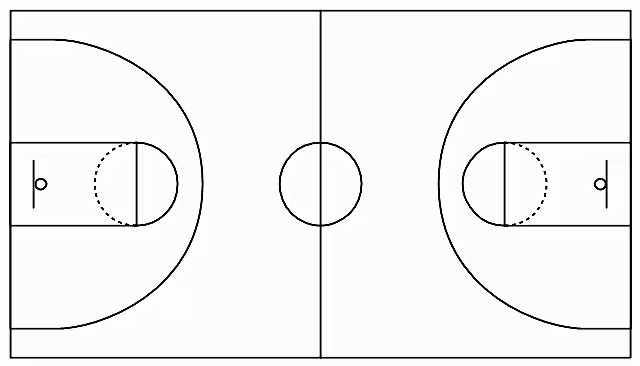
"And-one!"
When a player shoots a three-pointer and makes the basket while being fouled, they are awarded one free throw, commonly referred to as “and-one.” This is an example of when a player can score four points in one play. This is the maximum number of points a single play can accumulate.
The same rules apply to any two-point shot.
Each team has 24 seconds to score once they have possession of the ball. The shot clock resets after an attempted basket hits the rim.
In a typical team setup, there is a shooting guard, a point guard, a small forward, a power forward and a center.
Shooting Guard
The shooting guard is typically the team’s strongest outside shooter. They are positioned to the left or right sides of the three-point line. They might be cutting across the court or can be found positioned around the key.
The key is the loop on the inside of the three-point line, which includes the free-throw line.
Point Guard
The point guard is the team’s strongest ball handler or dribbler. They are also oftentimes strong three-point shooters. The team looks to them to call out plays, and they are commonly the team leader.
Centre
The centre is the position for the tallest players on the court. These athletes will be dunking, scoring bank shots, and grabbing essential rebounds. They are typically positioned at the bottom of the key. They are also strong screeners, capable of setting up the guards for open baskets.
When a player sets a screen they must plant their feet and position themselves to block a defender from following their man.
Power Forward
The power forward plays a similar role to the centre. They will set screens for the guards and rebound as well. They are often taller athletes and will be positioned around the key.
Small Forward
The small forward is the playmaker. Their position is similar to the other guards, however, they could also assist the power forward in their role.
What the Ref is Signaling
Carry - A dribble that has too long of a pause, generally is due to the player setting their hand underneath the ball.
Travel - Running with the ball for more than two steps without dribbling, or removing their established pivot foot.
Out of bounds - The team who touched the ball last before it goes out of bounds turns the possession over to the opposing team.
Foul - Fouling can occur offensively or defensively. This can be anything from striking another player, failing to have one’s feet planted during a screen, or grabbing the jersey of another player.
A flagrant foul is usually called when a seemingly intentional foul is committed. The formal language calls it a foul with “unnecessary contact.” A flagrant foul can get an athlete ejected from the game depending on its severity.
Backcourt - Once the offensive team takes the ball over the half-court line, they cannot cross back over the line with the ball in their possession again. The ref will call backcourt, and the team must then turn their possession over.






